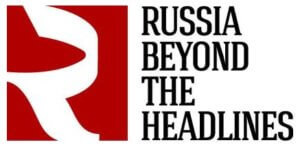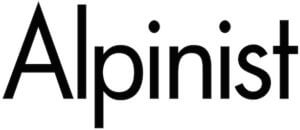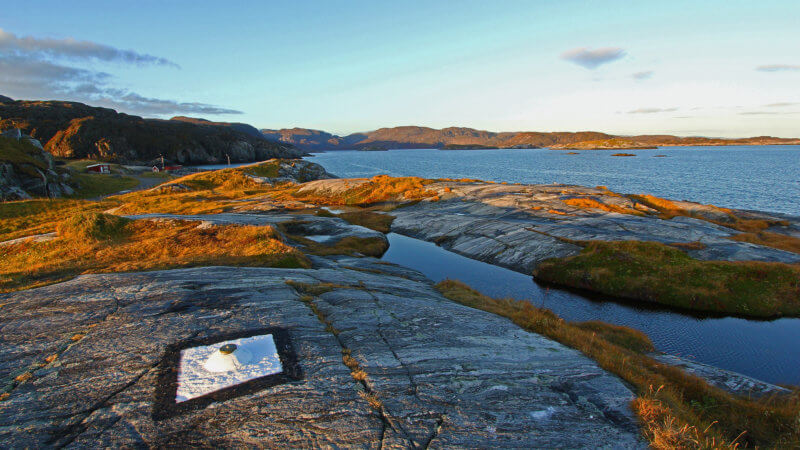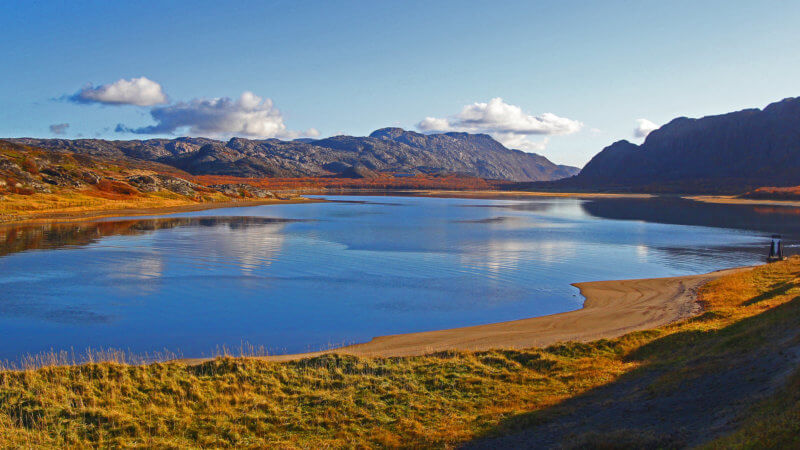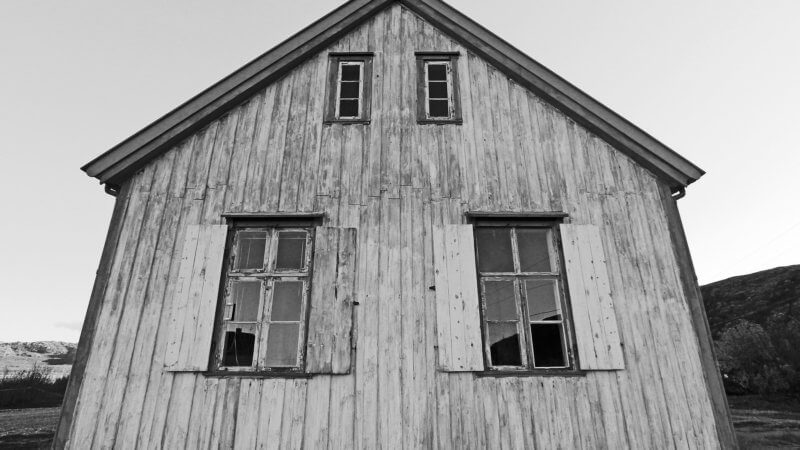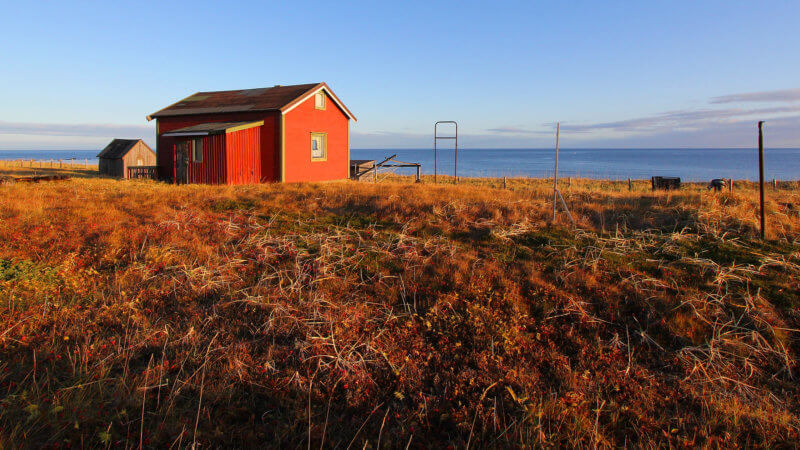Despite its isolated location in Arctic Norway on the Russian border, Grense Jakobselv has been home to Sami ethnic groups, proselytising Lutherans, Novgorodian traders, German soldiers, and feuding Imperial Russian and Norwegian fishermen. Anyone who ventures to this uninhabited settlement today and wanders around its lifeless houses is guaranteed to appreciate the stillness and feel intrigued by the history that unfolded in this much-overlooked outpost on the edge of Europe. Below is a collection of Grense Jakobselv photos taken during a 2014 visit.
The quiet hamlet is a 3-hour drive from Kirkenes and it’s the most north-easterly point of mainland Europe, overlooking Russia’s border. Separating both the countries is the 45km-long Jakobselva River, which is rumoured to be an excellent salmon fishing river. If you accidentally step over the border marker into no-man’s-land, the Norwegian border guards will fire blank warning shots! If you ever visit the Finnmark region, or you’re going to or from Russia’s Kola Peninsula, and have your own transport, it’s worth stopping by the area to check out the scenery. There’s also the King Oscar II chapel that’s worth seeing. It was built in 1869 as a way for Norway to reinforce its territorial claim over Russia.
Click here to read more about the history of the area and to see images taken by Norwegian photographer Ellisif Wessel in the early 20th century. Norway’s Preus Museum has a comprehensive album of Wessel’s work available to view here. Aside from shooting a series of Grense Jakobselv photos, she also documented the everyday life of the Skolt Sámi people who live in the area and whose lives were undergoing a rapid transition from the newly emerging iron ore mining industry developing in the area. You can also read more about Wessel and the work of other early era photographers that specialised in Sámi culture via my History Today story.
My photography has been published in the following outlets:
